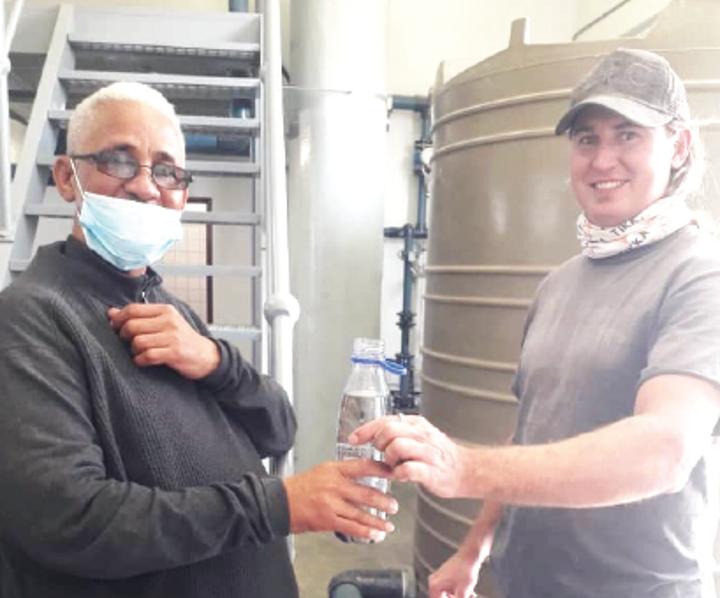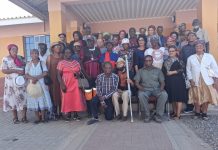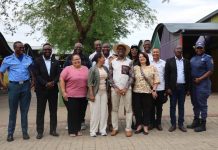Africa-Press – Namibia. RESIDENTS at Bethanie village in the //Kharas region cannot wait to have access to purified water for the first time, as tests done by NamWater, through a new purification plant set up last year, have proved successful.
Clarissa Jansen, a 36-year-old resident of Bethanie village, says their water has always been very salty. “The people of Bethanie were known to be the people with the yellow teeth. However, we became modern and would go to the dentist for teeth whitening,” says Jansen.
A month ago, Jansen said, she realised there was a change in the water, particularly in the town area. “There is a definite difference in the taste of the water. It is much cleaner and purer. The town water tastes like mineral water. So for the past few weeks I have been filling up my water bottles at my workplace and taking them to the location where I live,” she said.
The change in water quality Jansen experienced is because of the construction of a desalination plant set up last year, which uses reverse osmosis to deliver 359,7 cubic metres of water per day with an 85% recovery rate.
The plant is a pilot project launched by NamWater and the Bethanie village council at a cost of N$36 million paid for by the United Nations Adaptation Fund. The pilot project would give an indication of the cost of producing desalinated groundwater, as well as the reliability and viability of such plants.
A similar plant was established at Grünau. Information obtained through these plants are vital for replication to other areas and remote communities, who are facing similar water quality challenges. NamWater superintendent for water Esther Petrus says the tests have proved successful and the town area started receiving purified water last month.
“We have been using two boreholes to source the water that we used. We ran it through the plant for purification and pumped it back to the water tanks supplying the town area. We can certify it is safe and ready for consumption,” said Petrus.
Acting chief executive officer of Bethanie village Michael Menatzick said NamWater supplies 40% of water to the town area while the Bethanie village council supplies 60% in the location area.
It might take two to three years to change the current arrangement between the village council and NamWater, says Menazicht, noting that the water supplied by the village council is cheaper than the water NamWater supplies.
“We would like all the residents to benefit from this water. So, we will go back to the //Kharas Regional Council to request that NamWater take over the supply of water to the whole village,” said Menatzick.
Regional councillor for Berseba constituency Jeremiah Goeieman said the project holds great health benefits for the residents and has been completed in record time.
The groundwater quality of Bethanie village, located about 110km south-west of Keetmanshoop
in the //Kharas region, has a high concentration of salts such as fluoride and nitrates, elements causing severe yellowing of teeth, or a loss of teeth.
“We are looking forward to residents benefiting from this water to change their history. We are only talking here about the teeth, but what about stomach ailments? We have seen with Covid-19 how important the health of our nation is,” said Goeieman.
Jansen, who has two teenage daughters, said the current generation will be able to tell a different story about Bethanie residents. “My daughters are aged 11 and 13. They will grow up under better health conditions,” she said.






